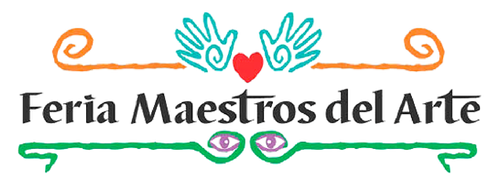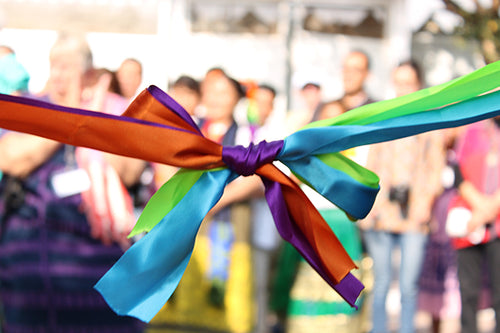
German Hernández Villafuerte, Zinepecuaro, Michoacán
The potter creates works which are not only simply characteristic of a region but of a specific town, bringing to his work the collective experiences of the potters before him, while still imprinting his unique mark on each piece. The potters' workshops are an important part of each community's fiestas and the reason for the region's fame. The potter's entire family usually participates in the beginning stages of the craft, starting with harvesting the raw material, sifting it, dampening and kneading the mud into clay.
German Hernández Villafuerte's family works in exactly this traditional way and has since 1815. More than 25 members of his family work in the family taller taller (workshop) creating contemporary barro bruñido ceramics designed in the "negative." People often think his work is polychromatic (multi-colored), however, it is in fact, barro bruñido or pulido decorated in the negative.
German is 29 years old and has been working with clay since he was eight years old. His father and teacher worked with German and other family members to create their unusual and much soft after ceramics.
On a daily basis, the taller is creating pots, pitchers, bowls, plates and other utilitarian pieces of ceramic work. Twelve years ago, German began experimenting and working with clay in the negative. Working in the negative requires the knowledge of a specialist craftsmen, given the complexity and richness of form and decoration that is found on the pieces.
German's first inspiration was a visit to the INAH Museum in Mexico City 14 years ago. He then studied with Taller Hernandez Cano where he learned to work with the negative technique. The taller reproduced pre-Hispanic replicas and it took him two years of experimentation before he was satisfied with his negative technique and he has been working in this mode ever since.
Explained in basic terms, first a box is built and filled with packed silt. With his hands and simple tools, he carves a negative into the silt, which will become the exterior of the vessel. From there he pours slip (with roughly the density of a thick milkshake) into the carved cavity. The slip dries slightly over several hours until German scoops out all the slip that is still liquid. When the clay has dried completely he breaks the mold and has a completed greenware piece.
German has won a number of awards for his work on both the state and national levels. However, he explains that his greatest "awards" are selling to people who love and appreciate his work.
Barro bruñido (burnished clay) is a kind of pottery that has been polished into a bright, fine sheen. Creating this effect requires the use of different tools such as a wood or stone polisher or even a corncob. The product is massaged, rubbed and caressed until it shines.
Calle Leona Vicario#301
Colonia Revolución
Zinepecuaro, Michoacán
451 355 2808 or 443 216 8458 (cell)

